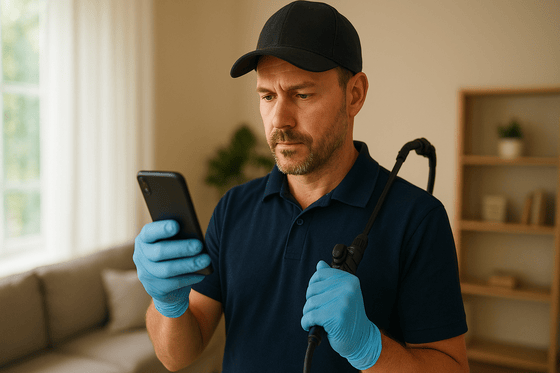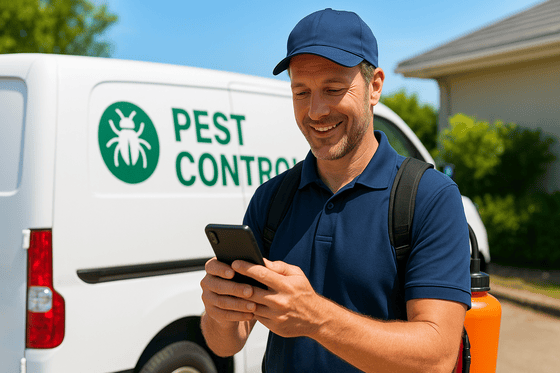Timber Pest Inspection
Specialist Timber Pest Inspection to Australian Standards
Timber Pest Inspection
Inspection Report Name:
Timber Pest Inspection (AS4349.3-2010)
Who is the Timber Pest Inspection intended for?
A Timber Pest Inspection, following the AS4349.3-2010 standard, is a thorough assessment performed by qualified pest control experts. It aims to detect any timber pest activity or damage, including termites, borers, and fungal decay within a property.
What is a Timber Pest Inspection?
The Pest Management Treatment Proposal & Report combines a detailed treatment proposal and a comprehensive report on the execution and results of the pest management treatments. It is an invaluable tool for pest control businesses to showcase their work plan and its efficacy, fostering trust and clear communication with clients.
.png)
How would a pest control technician promote a Timber Pest Inspection?
A pest control technician can promote this inspection by emphasizing its adherence to the Australian Standard AS4349.3-2010, thus ensuring a comprehensive and reliable report.
It provides property owners or potential buyers with vital information about the property's condition, which can influence purchasing decisions or inform maintenance needs.
What is included in a Timber Pest Inspection?
A Timber Pest Inspection will typically include the following sections:
- Client Details: This section provides necessary information about the client, including their name, contact details, and the location of the property being inspected.
- About Our Agreement: This part outlines the terms and conditions of the inspection agreement between the client and the pest control service provider. It explains the purpose, scope, and limitations of the inspection.
- Report Summary: A brief overview of the inspection findings and major points of concern. It offers a quick glance at the property's condition concerning timber pests.
- About the Property Inspected: This section includes essential details about the property, such as its type (residential or commercial), structure, construction materials, and other relevant factors that might influence the pest inspection.
- Areas We Were Unable to Inspect: In some instances, certain areas of the property may not be accessible for inspection. This section notes these areas and explains why they could not be inspected.
- Report Findings: This section provides a detailed account of the inspection results. It includes information about the presence of timber pests, the extent of any damage, and recommendations for treatment or further inspections.
- Conducive Conditions: Conducive conditions are environmental or structural conditions that may attract timber pests or enhance their survival and reproduction. Such conditions are outlined in this section, along with recommendations to mitigate these factors.
- Terms & Conditions: This section contains the contractual terms and conditions of the pest inspection service. It provides details about warranties, liabilities, and methods for dispute resolution.
- Inspector Details: Contact details of the inspection provider and the inspector who undertook the inspection.
- Client Acknowledgement: This section is for the client to acknowledge and accept the report, indicating that they understand and agree with the findings and recommendations.



















